MCQ ON HUMAN HEART class 12 for NEET | HUNAN HEART class 11 | MCQ BRAIN with Answer | Check the below NCERT MCQ question for class 12 Biology based on the with Answers.

MCQ ON HUMAN HEART class 12 for NEET
MCQ on HUMAN HEART class 12 Biology with answers were prepared based on the latest pattern.We have provided class 12 Biology MCQs question with Answers to help students understand the concept very well.
MCQ ON HUMAN HEART is useful for NEET / CSIR / UGC / CBSE / ICSE / AIIMS / EXAM / AFMC EXAM / STATE LEVEL MEDICAL EXAM 2022-23 , 2023-24
INTRODUCTION:-
The heart is a hollow , muscular organ, its average weight is about 300 gram, in males and about 250 grams in females. It attends the adult weight at the age of 20 to 20 years. The heart is reddish brown in colour some what conical in form.
It is located almost in the middle of the thoracis cavity closed to its front wall and between the lungs. It’s broad base faces upward and backward. It’s narrow Apex is directed downward forward slightly to the left and rest on the diaphragm.
The heart is enclose in a top to layer set the pericardium comprising in a visceral pericardium attached to the heart and outer perietal pericardium.
The heart is a double pump. It is divided by sept into two halves : the right and left. Is half consists of two communicating chambers upper smaller auricle or atrium and lower larger ventricles. The heart has a four chambers in human being.
Left auricles, right auricles left ventricles,
right ventricles.
MCQ ON HUMAN HEART class 12 for NEET
1. Heart is incompletely 4 – chambered in
(a) fishes
(b) amphibians
(c) reptiles
(d) birds
Ans (c) reptiles
2. Ventricular systole is stimulated by
(a) S- A node
(b) A- V node
(c) A- V valve
(d) A- V aperture
Ans. (b) A- V node
3. Dup sound is produced during closure of
(a) semilunar valve
(b) biscupid valve
(c) tricuspid valve
(d) both b and c
Ans. (a) semilunar valve
4. Heart covering is called
(a) peritoneum
(b) pleural membrane
(c) pericardium
(d) visceral membrane
Ans.(c) pericardium
5. Pace makers of heart is
(a) A-V node
(b) Bundle of His
(c) S- A node
(d) Purkinje fibres
Ans.(c) S-A node
6. The heart chamber having the thickest muscular wall is named
(a) left atrium
(b) left ventricle
(c) right atrium
(d) right ventricles
Ans.(b) left ventricle
7. One complete heartbeat last for about
(a) 0.8 seconds
(b) 0.6 seconds
(c) 0.87 seconds
(d) 0.9 seconds
Ans.(a) 0.8 seconds
8. The heart wall consists of layers
(a) 3
(b) 4
(c) 5
(d) 2
Ans.(b) 3
9. ECG belonging to
(a) liver
(b) spleen
(c) heart
(d) muscle
Ans. (c) heart
10. P wave in heart beat indicates
(a) electrical depolarisation S- A nodes
(b) repolarisation of A- V node
(c) auricles depolarisation
(d) contraction of auricles
Ans. (a) electrical depolarisation S-A node
11.The QRST wave takes about
(a) 0.4 second
(b) 0.3 second
(c) 0.2 second
(d) all the above
Ans.(a) 0.4 Seconds
12.The cardiac output in man under resting condition is about
(a) two litres per minute
(b) four litres per minute
(c) five litres per minute
(d) seven litres per minute
Ans . (c) five litres per minute
13. The opening of the aortic valve is initiated when the
(a) auricles contract
(b) ventricles contract
(c) papillary muscle contact
(d) ventricular pressure exceeds the aortic pressure
Ans.(d) ventricular pressure exceeds the aortic pressure
14. The pulse rate is lowest in the
(a) aorta
(b) femoral artery
(c) arterioles
(d) capillaries
Ans. (d) capillaries
ALSO READ:-
● YOU CAN WATCH BIOLOGY SIR Youtube channel
15. Heart beat is accelerated by
(a) sympathetic nerves and acetylcholine
(b) cranial nerve
(c) acetylcholine
(d) cruca cerebri
Ans.(a) sympathetic nerves and acetylcholine
16. Neurogenic heart beat is characteristic of
(a) humans
(b) some invertebrates
(c) rat
(d) rabbit
Ans.(b) some invertebrates

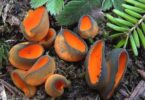
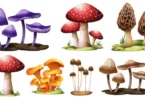
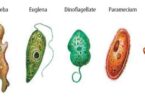
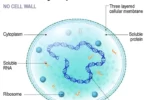
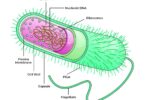
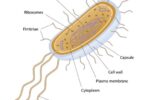
Leave a Comment